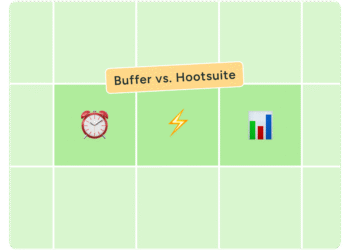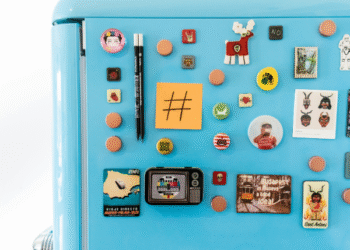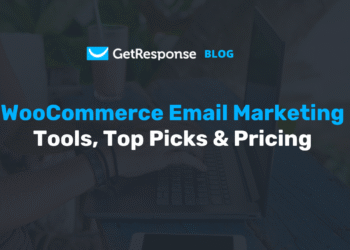Summary: Hyper-personalization uses AI and CRM data to deliver highly tailored email marketing, moving beyond basic personalization. It drives higher engagement, stronger loyalty, and increased revenue by sending relevant, timely, and dynamic content. As inboxes get crowded, hyper-personalization is becoming essential for meaningful customer connections.
Inboxes are crowded and generic email campaigns just aren’t enough to capture your contacts attention anymore. Customers expect more than just a first name in the subject line, they want timely, relevant, and tailored experiences that feel crafted for them personally. This is where hyper-personalization, powered by artificial intelligence (AI) and customer relationship management (CRM) data, is changing the game for marketers.
What is Hyper-personalization?
Hyper-personalization goes beyond standard segmentation and basic personalization. Instead of grouping audiences broadly by basic traits, it uses advanced data analytics, AI, and automation to deliver content uniquely relevant to each customer. It moves from “Dear [First Name]” to “Here’s the perfect product based on your browsing history, delivered at a time when you’re most likely to open your emails.”
This approach relies on combining CRM insights with AI-driven predictions to anticipate customer needs, preferences, and behaviors.
Did you know: Hyper-personalized emails generate 6 times higher transaction rates compared to generic emails, showing huge ecommerce potential.

The Role of CRM Data in Hyper-personalization
Modern CRM platforms are treasure troves of customer information, capturing touchpoints ranging from purchase history to website behavior, support interactions, and social engagement. Tapping into this data allows marketers to:
- Identify a customer’s buying cycle stage
- Understand preferences and pain points
- Align messaging with sales opportunities or service needs
Instead of a one-size-fits-all campaign, CRM data enables campaigns that genuinely resonate with individuals. For example, a software company can send targeted onboarding tips to new users while simultaneously offering advanced feature updates to long-time users, all automated through CRM workflows.
Check out the basic personalized features of this email:

How AI Enhances the Experience
AI-powered tools elevate CRM-driven campaigns by uncovering deeper insights and optimizing delivery with minimal manual input. Key applications include:
Predictive analytics: AI forecasts what a customer is likely to want next, improving upsell and cross-sell opportunities.
Send-time optimization: Algorithms determine the best moment to reach each recipient, boosting open and click rates.
Dynamic content creation: AI can tailor product recommendations, subject lines, or imagery on the fly based on customer behavior patterns.
Customer journey mapping: By continuously learning from prior interactions, AI helps refine campaigns so each message feels like part of a meaningful conversation.
Challenges to Consider when starting Hyper-Personalization
Hyper-personalization isn’t just a big green button we can click to launch, there are hurdles. Data privacy, compliance with regulations like GDPR, and customer consent must remain top priorities.
All of these issues can be summarized in the field of data cleanliness. Without up-to-date information, your contact information could be old, and you run the risk of breaking data laws or alienating your customers through mismatched personalization.
Be sure your customer data is clean!
The Future of Email Engagement
Hyper-personalization isn’t a trend. It’s fast becoming the standard. As CRM systems and AI models grow more intelligent, the line between marketing and genuine customer connection will blur. Emails will shift from being mere promotional messages to becoming seamless extensions of a customer’s journey with a brand.
The impact is clear: relevance drives higher engagement, personalized journeys foster stronger loyalty, and targeted recommendations generate measurable revenue growth. For businesses, this also means greater efficiency—automation reduces manual effort while allowing advanced campaigns to scale seamlessly.
As inbox competition intensifies, the ability to stand out will belong to those who embrace hyper-personalization not as a novelty, but as a strategic advantage. The future of customer engagement lies in emails that feel less like marketing and more like conversation.
Want to learn more about hyper-personalization? Watch our exclusive webinar going live on October 14th at 9am EST/2pm BST.
Register here: Ask the Experts: Data That Delivers – 3 Ways to Supercharge Hyper-Personalized Marketing

















